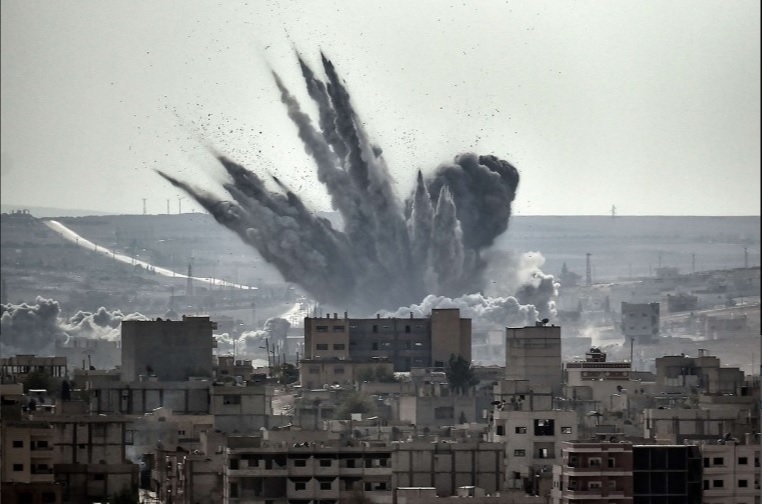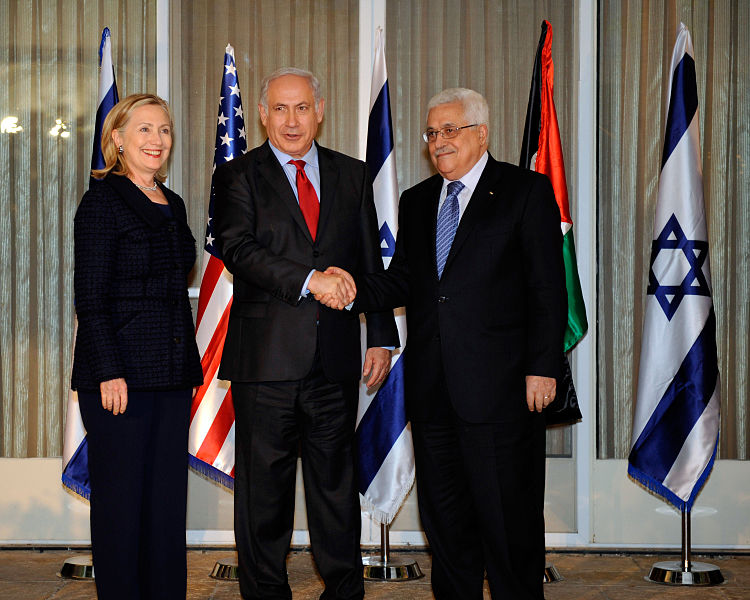
There is an old economic adage coined by British economist Charles Goodhart, and appropriately called “Goodhart’s law,” which states simply: “When a measure becomes a target, it ceases to be a good measure.” Essentially, the law concludes that “when a feature of the economy is picked as an indicator of the economy, then it inexorably ceases to function as that indicator because people start to game it.”
Imagine it this way: the government wants goal X, that they don’t quite know how to reach (for example, X=high standard of living for citizens). The government notices a strong correlation between X and a simpler target Xi (Xi=low unemployment rate). Thus, they set out to target Xi. Quickly, Xi essentially supplants X as the ultimate goal, and all means of achieving Xi are taken. However, Xi ceases to function as an indicator because people game it (perhaps by removing the minimum wage), which would achieve Xi but would fail to achieve X, and could actually make the overall standard of living significantly lower.
This is a well-acknowledged concept in economics; however, the premise of the law can be applied to other realms. It is important to analyze what Goodhart’s law teaches us about chemical and biological weapons, and the so-called red line the international community has collectively agreed upon and employed when it comes to these lethal weapons.
The international community initially banned the use of chemical and biological weapons after WWI. The use of poisonous gas during the Great War, which had caused an estimated 200,000 civilian casualties during the conflict and another couple tens of thousands longer term deaths from lung scarring and cerebral damage after the conflict had ended, led to the 1925 Geneva Protocol, which banned the use of these chemical weapons.
Lines 1-6 from the Geneva Protocol
“Whereas the use in war of asphyxiating, poisonous or other gases, and of all analogous liquids, materials or devices, has been justly condemned by the general opinion of the civilized world; andWhereas the prohibition of such use has been declared in Treaties to which the majority of Powers of the World are Parties; and
To the end that this prohibition shall be universally accepted as a part of International Law, binding alike the conscience and the practice of nations;”
This marked the first red-line associated with the use of chemical weapons. It was followed by further reinforcements of the ban in 1972 and 1993. Yet by proclaiming this red-line, the international community, and its leaders, unwittingly fell into the Goodhart trap.
The reasons for focusing on chemical weapons appears straightforward enough: as Ben W. Heineman Jr., a senior fellow at the Belfer Center for Science and International Affairs, explains, these weapons differ from other weapons in three respects: 1) the extreme suffering prior to death that it caused, 2) its indiscriminate nature, and 3) the fear of what may occur in the future as a result of the weapon usage. In other words, by ridding the world of these weapons, one was aiming at three unique characteristics. The problem is, these three qualities have been anything but unique to chemical and biological weapons.
Consider two other weapons that the international community at one point debated banning, only to be refuted by, among a couple other countries’ leaderships, the US government. First, in 1997, the US military publicly and aggressively opposed an attempted prohibition on landmines and, then, just a couple of years later, the US military fought an international attempt to ban cluster munitions. Both of these weapons share the attributes of chemical weapons. Dying at the hands of a landmine or a cluster munition can be as horrible as dying because of chemical weapons; while landmines and cluster munitions kill immediately at a higher rate than chemical weapons, thus arguably reducing suffering, they also are responsible for thousands of more deaths per year than chemical weapons, and thus cause significantly more suffering overall than chemical weapons. As for its indiscriminate nature, it is hard to imagine a more naturally indiscriminate non-atomic weapon than a cluster bomb, whose very purpose is to disperse its lethal bomblets over as wide of an area as possible. Finally, both landmines and cluster bombs can continue to explode and thus kill years after they have been placed and after the conflict in which they were used has ended. Finally, even weapons that should technically fall under chemical and biological warfare, such as adamsite, tear gas, defoliants, and herbicides, have brought about diverging opinions regarding whether they are covered by the ban.
The intended target of the 1925 Geneva Protocol (“X” in the Goodhart equation), a reduction in the use of weapons that were too inhumane and immoral even by the standards of the most brutal of wars, has been superseded by Xi, the correlated target, or more specifically, a reduction in the use of chemical weapons. In other words, the slaughtering of civilians using brutal methods has not subsided. Take for example WWII, the first large war fought after the chemical weapon ban; while chemical and biological weapons were not used by the main powers in the battlefield, unlike during WWI, there was still considerable amount of suffering, indiscriminate use of lethal weapons, and a degree of inhumanity that manifested itself in 45 million civilian deaths.
Worse, however, is that this misplaced redline can be interpreted by despots and tyrants as a sign that as long as they don’t stoop to the level of chemical weapons, the indiscriminate and brutal murder of their civilians is legally, if not morally, acceptable. By its very nature, a “red-line” insinuates that anything up to that point is acceptable, whether it be barrel bombs, torture, indiscriminate shooting, etc. This is a critique not only of President Trump, or of President Obama, but of the entire, potentially counterintuitive, obsession with chemical weapons in general.
So — what does all of this mean? Superficially, at least, it illustrates the hypocrisy of focusing only on one means of ruthlessly and indiscriminately killing civilians. However, this hypocrisy or double standard is not in and of itself a reason for serious concern. The real issue lies in the heart of Goodhart’s Law; in other words, by focusing exclusively on the use of chemical weapons, the international community may have inadvertently made the issue brutal mass killing of innocents less rather than more preventable. First, is the idea that tyrants might feel entitled to kill civilians using non-chemical weapons knowing that they technically haven’t’ crossed the “red-line.” Second, and as importantly, the international community, and the world’s most powerful governments, may feel morally satisfied as long as they prevent the use of chemical weapons, even if civilians are being slaughtered at alarming rates. We may be witnessing just this in Syria right now: the administration has deemed Trump’s airstrikes a success because there hasn’t been a chemical or biological attack since, even while hundreds of civilians continue to die on a near daily basis, indeed being killed by the US led coalition at significantly higher rate than before the strike.
This is not to suggest an US airstrike every time innocent civilians are killed; far from it, in fact. I remain convinced that the airstrikes were a mistake, illegal, hypocritical, and counterintuitive. Rather, the fixation on chemical weapons comes at the expense of an overall strategy strategy for dealing with the slaughter of innocent civilians. The “red-line” forces the US into a bind that leaves too little room for unique contexts. The decision to intervene or not to intervene remains perhaps the most consequential foreign-policy decision a President makes in his time as Commander-in-Chief, and having predetermined red-lines, dictating when and where intervention is legally and morally suitable, has proven counterintuitive, if not dangerous. In this vein, moving forward, I believe US policy would be best suited to stop seemingly arbitrarily differentiating chemical attacks from others just as brutal and lethal methods of killing innocent civilians.






